AI Garden Layouts vs. Traditional Design Methods
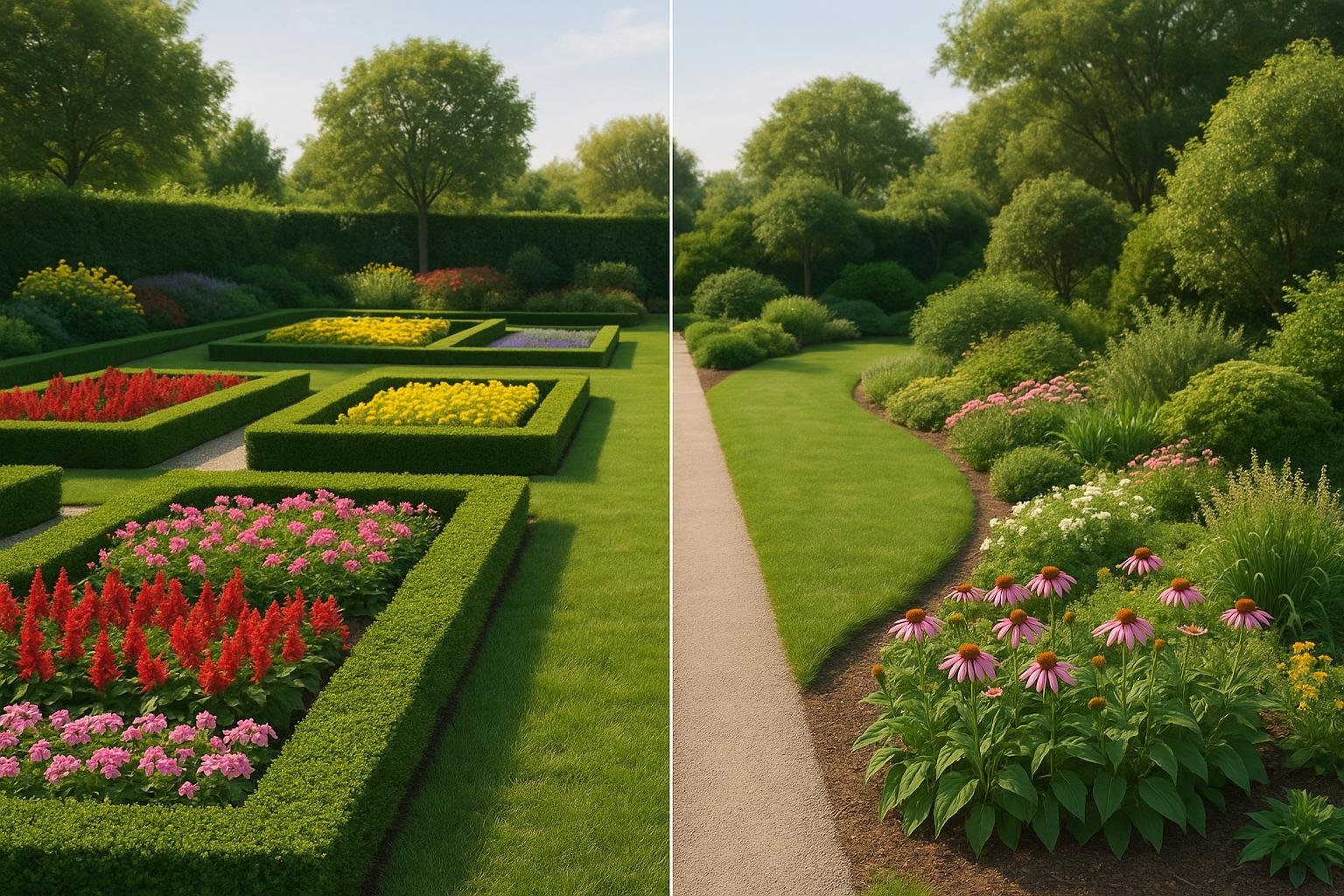
AI garden design tools offer fast, affordable solutions, while human designers provide personalized expertise for complex projects.
AI tools like AIGardenPlanner can create garden layouts in minutes, costing $15–$499 annually, and help beginners with plant selection and space planning. However, they may miss local nuances and lack artistic flexibility. On the other hand, professional designers charge $2,000–$10,000+ but excel in tailoring designs to unique needs, challenging terrains, and large-scale projects.
For a quick, budget-friendly option, AI tools are ideal. For detailed, custom designs, human expertise is better. A hybrid approach - using AI for initial concepts and professionals for refinement - combines the strengths of both methods.
| Feature | AI Tools | Human Designers |
|---|---|---|
| Cost | $15–$499/year | $2,000–$10,000+ |
| Speed | Minutes | Weeks to months |
| Customization | Algorithm-based | Fully tailored |
| Local Expertise | Limited | High |
| Best For | Simple projects | Complex needs |
Choose based on your budget, project complexity, and design goals.
Using AI for Garden Design: ChatGPT Creates a Cottage Garden Plan
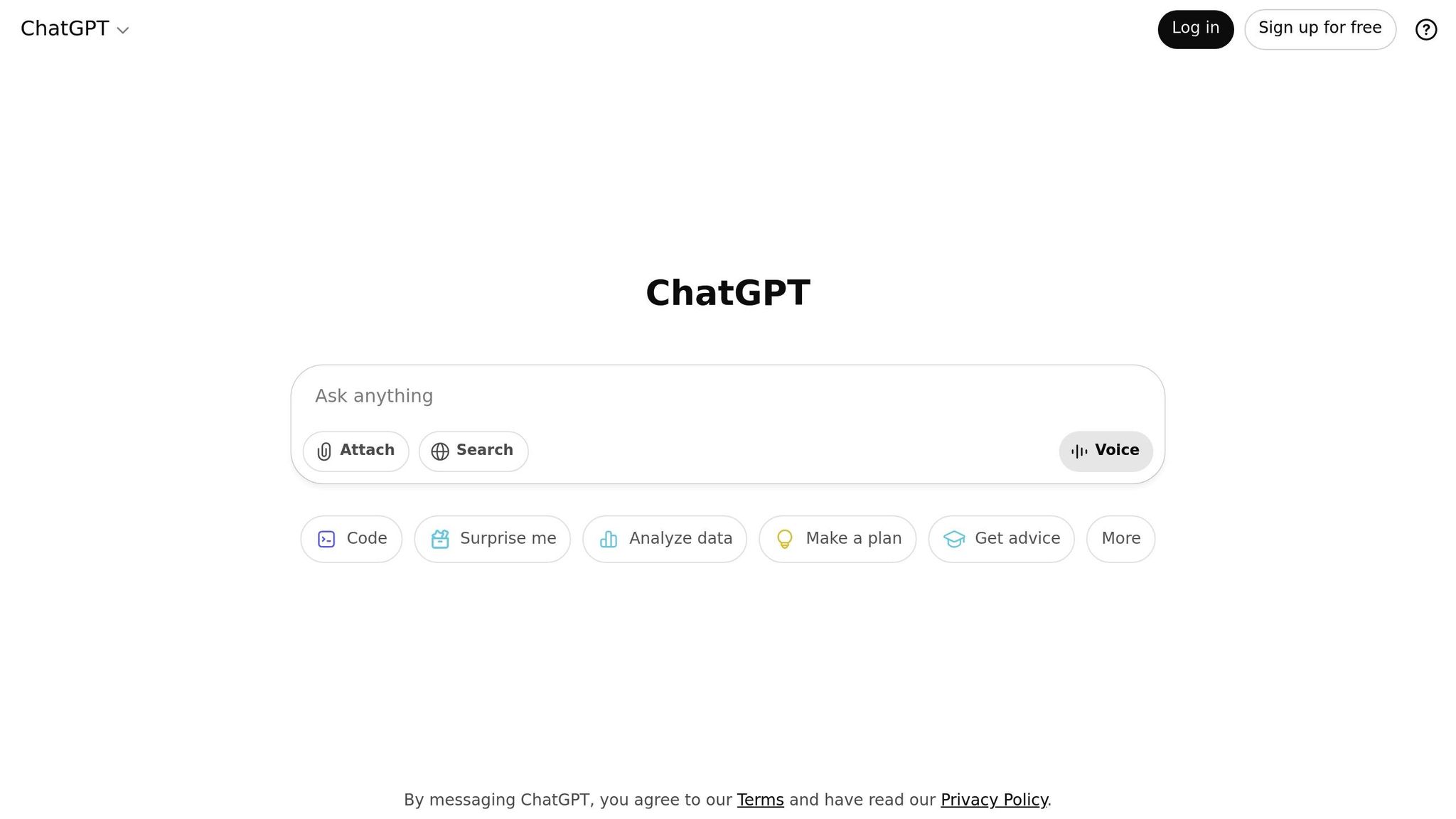

How AI-Powered Garden Layout Tools Work
AI-powered garden design tools use cutting-edge algorithms to turn simple inputs - like a photo of your garden and your style preferences - into tailored garden layouts that suit your space and needs.
How the AI Design Process Works
It all starts when you upload a photo of your garden. The AI examines the image to determine dimensions and identify existing features, such as trees, slopes, or structures. This analysis forms the foundation of the design process.
Next, the AI collects your design preferences - whether you’re into modern minimalism or a lush, cottage-style garden - and asks about the primary purpose of your outdoor space. Alongside this, it factors in essential details like your local climate, soil type, and sunlight exposure. By combining this information with a vast database of plant species and growth patterns, the AI crafts a garden layout tailored to your specific conditions.
Take AIGardenPlanner, for example. It offers over 50 garden styles to choose from or lets you create your own custom design. Its AI Plant Advisor goes a step further by recommending plants that thrive in your environment, ensuring they not only look great but also grow successfully. This streamlined process blends creativity and practicality to make garden planning more efficient.
Key Features of AI Tools
AI garden tools come packed with features designed to simplify the planning process. These include:
- 3D visualization: See a realistic preview of your garden design.
- High-resolution downloads: Export detailed plans for reference or sharing.
- Customization options: Tweak styles, colors, and materials to match your vision.
One standout feature is the ability to divide your garden into functional zones. Whether you’re planning a vegetable patch, a play area for kids, or a serene meditation spot, the AI helps organize your space based on your household’s needs.
Plant selection is another highlight. The AI evaluates factors like soil type, sunlight levels, and frost resistance to recommend plants that will thrive in your garden. Tools like AIGardenPlanner even provide growing guides and maintenance schedules, so you’ll know exactly how to care for your plants throughout the year.
Why These Tools Are Game-Changers
The benefits of AI garden design tools are clear. They save time and money by delivering detailed garden plans in a matter of minutes. Plus, the more you use them, the better they get at understanding your preferences, offering increasingly personalized suggestions.
These tools open the door to professional-grade designs for everyone - from DIY enthusiasts to seasoned landscapers. You don’t need to be an expert in horticulture; the AI handles technical aspects like plant compatibility, spacing, and seasonal factors, leaving you free to focus on the fun, creative side of gardening.
Pricing is flexible too. For instance, AIGardenPlanner offers plans starting at $15 for casual users, with options scaling up to $499 annually for professionals. This makes it accessible for individuals while also equipping landscapers with tools to present multiple design options to clients.
Beyond the practical benefits, the process itself is a learning experience. As you interact with the tool, you’ll pick up valuable knowledge about plant care, seasonal changes, and effective design principles - skills that will enhance your future gardening projects.
Standard Garden Design Methods
Traditional garden design relies on the expertise of seasoned professionals to create landscapes that reflect personal tastes and needs. This approach focuses heavily on human insight, offering a stark contrast to the fast, automated processes of AI tools.
The Standard Design Process
At the heart of traditional garden design lies human expertise. The process kicks off with a thorough site assessment, where professionals evaluate the soil, drainage, vegetation, and microclimates. This hands-on approach ensures that even the smallest details - often overlooked by untrained eyes - are accounted for.
"When designing a residential landscape, the most important step is to put a plan on paper. Developing a master plan will save you time and money and is more likely to result in a successful design." - Gail Hansen de Chapman, assistant professor, Environmental Horticulture Department, Center for Landscape Conservation and Ecology [2]
After the site is assessed, designers meet with homeowners to discuss how they currently use their outdoor space and what they envision for its future. This consultation phase is all about understanding the client’s lifestyle and aesthetic preferences.
The next step is design development. Experts create functional diagrams to define activity zones, followed by conceptual plans that merge visual appeal with practicality. Detailed drawings map out plant placements and structural features, with ongoing feedback ensuring the design aligns with the client’s vision, budget, and needs.
Strengths of Standard Methods
Traditional garden design excels in its ability to blend creativity with technical skill, producing outdoor spaces that feel both personal and timeless. Designers carefully consider elements like space, scale, texture, color, and lighting to craft landscapes that tell a story and reflect the homeowner’s personality.
This approach is especially valuable for custom projects, such as restoring historic properties or working with challenging terrains. Human designers can adapt quickly to on-site discoveries or changing client needs, ensuring the final result is both beautiful and functional. This flexibility and attention to detail often result in spaces that feel like a natural extension of the home.
Challenges of Standard Design
While traditional methods offer unmatched personalization, they come with trade-offs in terms of time and cost. The process can stretch over several months, from the initial consultation to the final installation, with revisions often adding to the timeline.
Cost is another factor. Professional landscape design services can be expensive, and complex projects tend to drive up the price even further, making them less accessible for some homeowners.
The process also demands significant involvement from clients. Scheduling site visits and design reviews can be challenging for those with busy lives. For homeowners in rural areas, finding qualified designers may be difficult, while urban clients might face long wait times to work with in-demand professionals.
Additionally, traditional methods can lack flexibility. Once a design is finalized, making changes often requires revisiting earlier stages of the process, which adds both time and expense. Lastly, while the collaboration with professionals results in stunning designs, homeowners may not gain much practical knowledge about plant care or design principles, leaving them reliant on experts for future updates or maintenance.
sbb-itb-4d6a8dd
🚀 Ready to Reinvent Your Garden?
Join thousands of homeowners who have transformed their gardens using our AI design tool. Upload one photo to explore endless possibilities.
Get your AI garden designs →AI vs Standard Design: Side-by-Side Comparison
When deciding between AI-powered tools and traditional methods for garden design, it helps to weigh their strengths and weaknesses. Below is a comparison to guide you in choosing the right approach based on your project's needs.
AI Tools: Pros and Cons
AI garden design tools offer some clear advantages. Their speed is unmatched - you can create multiple design concepts in just minutes, compared to waiting weeks for a traditional designer’s first draft. They’re also budget-friendly, with subscription costs ranging from $15 to $499 per year, far lower than the typical $2,000 to $10,000 fees charged by professional designers for residential projects [1].
Another strong point is their ability to apply consistent design principles, helping beginners avoid common mistakes [1]. AI tools also provide detailed insights into plant requirements and compatibility, making them handy for straightforward projects.
However, they aren’t perfect. Artistic flexibility can be limited since AI relies on algorithms and training data, which may not account for highly unusual sites or out-of-the-box design ideas [1]. Additionally, while AI tools analyze plant compatibility well, they can overlook subtle regional nuances that a local expert might catch [1]. And, like any tool, there’s a learning curve - you’ll need to invest time in understanding how to use the software and interpret its recommendations.
Standard Methods: Pros and Cons
Traditional design methods shine when creativity and personalization are paramount. Professional designers bring artistic vision and can craft solutions that reflect your personality while addressing unique site challenges [1]. Their local expertise is invaluable, especially when dealing with specific plant behaviors or unusual conditions [1].
Through consultations, traditional designers can tailor designs to your lifestyle and preferences, creating one-of-a-kind solutions. They excel at handling complex projects, offering adaptability and professional oversight throughout the process.
That said, traditional methods come with drawbacks. Cost is a significant hurdle, often making these services inaccessible to those on a tight budget. The time commitment can also be a concern, as the process - from consultation to final design - can take months. Scheduling can be tricky, too, especially in areas with limited availability of skilled designers. Additionally, revisions often require multiple meetings, which can further extend timelines and increase costs.
| Feature | AI-Powered Tools | Traditional Methods |
|---|---|---|
| Cost | $15–$499/year | $2,000–$10,000+ design fees |
| Timeline | Minutes to hours | Several weeks to months |
| Availability | 24/7 instant access | Appointment-based, business hours |
| Customization | Algorithm-driven variations | Fully personalized artistic vision |
| Local Expertise | Database recommendations | Deep regional knowledge |
| Revision Process | Instant modifications | Scheduled meetings; added costs |
This table highlights the strengths and limitations of each method, helping you match the approach to your specific needs.
When to Use Each Approach
Choosing between AI tools and traditional design depends on the complexity of your project and your budget.
AI tools work best for straightforward residential projects that need quick, affordable solutions. They’re great for beginners learning design basics, selecting plants for existing garden beds, planning seasonal displays, or designing container gardens [1]. If you’re working with common site conditions, like standard lot sizes or typical soil types, AI tools are an excellent choice. They’re also ideal for those who enjoy a hands-on approach and want to develop their gardening skills over time.
On the other hand, traditional design is crucial for more complex projects. If your site has unusual conditions, requires integration with existing landscapes, or involves large-scale features like hardscapes, drainage systems, or outdoor kitchens, professional expertise is essential [1]. Traditional designers are also better suited for historical properties, challenging terrain, or projects with accessibility needs. Their guidance is particularly valuable for structural elements, where liability and safety considerations come into play.
A hybrid approach can often provide the best of both worlds. Start with AI tools to explore concepts and clarify your preferences, then bring in a professional to refine the design and handle the more technical aspects [1]. This way, you can enjoy the speed and affordability of AI while ensuring that complex elements are expertly managed.
Practical Tips for U.S. Gardeners
When it comes to designing your garden, the choice between AI-powered tools and traditional methods often boils down to your budget, local climate, and personal style. Here's how to approach these factors to make the best decision for your U.S. garden.
Budget and Project Size
The size of your garden and how much you're willing to spend are major factors in determining which design approach makes sense. AI tools are a wallet-friendly option, especially for projects under $5,000. They can generate layouts quickly, provide cost estimates, and even suggest alternatives if your chosen plants exceed your budget. For instance, AIGardenPlanner offers a Starter plan at $9 per month (billed annually), which includes 50 AI-generated designs. For professionals, the Pro plan costs $21 per month (billed annually) and includes a commercial license. These tools are especially useful for smaller projects where keeping costs low is a priority. [1]
On the other hand, traditional designers often charge higher fees, but they bring a level of customization and personal touch that may be worth the investment for larger or more complex projects.
Local Climate and Plant Hardiness
Knowing your USDA Plant Hardiness Zone is essential for selecting plants that will thrive in your area. The USDA updated its Plant Hardiness Zone Map in 2023, incorporating data from 13,400 weather stations. This update revealed that the contiguous U.S. is now about 2.5°F warmer on average compared to the previous map. [5][6] According to the USDA:
"The USDA Plant Hardiness Zone Map is the standard by which gardeners and growers can determine which perennial plants are most likely to thrive at a location." [3]
AI tools can recommend plants suited to your zone, but they might miss subtle microclimatic factors like wind exposure, topography, or the effects of nearby structures. For example, low-lying areas might experience colder conditions, while south-facing walls can create warmer microclimates. To ensure success, verify your zone using the USDA map and choose plants rated for your zone or lower. For regions with complex microclimates, traditional designers bring expertise that can be invaluable in navigating these challenges. [4][5]
Style Preferences
When it comes to aesthetics, AI tools like AIGardenPlanner offer a wide range of styles - over 50 options, including modern, formal, tropical, and classical designs. These tools can quickly generate layouts tailored to your local conditions and desired look. [8] However, if you're aiming for a completely custom design that reflects your personality or addresses unique site challenges, traditional methods are hard to beat. They are particularly well-suited for historical properties or projects involving intricate hardscaping.
Current trends are leaning toward a mix of styles and sustainable practices. Modern designs often focus on geometric layouts and outdoor living spaces, while traditional approaches might feature classic elements like gravel paths or paving stones. [7] Whether you prefer the speed and affordability of AI tools or the bespoke nature of traditional design, understanding your style preferences will help guide your decision.
With these practical considerations in mind, you're better equipped to weigh the benefits of AI-powered tools against traditional methods for your garden project.
Conclusion
When deciding between AI-powered tools and traditional design methods, your choice should depend on your project's needs, budget, and overall style. Each approach comes with its own set of strengths.
AI tools, such as AIGardenPlanner, are ideal for straightforward, cost-conscious projects. These platforms provide accessible design insights and educational resources, making them particularly helpful for DIY enthusiasts and those new to gardening.
On the other hand, traditional design methods are better suited for more intricate projects. If your garden involves challenging site conditions, extensive hardscaping, or a unique artistic vision, professional designers bring the expertise needed to handle these complexities. Traditional approaches also offer personalized management for larger-scale designs.
For many, combining both methods can lead to the best results. A hybrid approach allows you to start with AI-assisted planning to explore layout ideas and then refine the design with professional input. As BibLus aptly puts it:
"AI garden design does not replace the work of the designer, but enhances it. The ideal approach is hybrid, where technology and traditional methods complement each other." [9]
Ultimately, your decision should align with your project's scope, complexity, experience level, and long-term goals. If you're looking for a quicker, low-maintenance process, AI tools offer an engaging and educational path. However, if you value a detailed master plan that integrates multiple elements, investing in professional design services might be the better choice.
The key is to create a garden that reflects your lifestyle, complements your local climate, and matches your aesthetic preferences - ensuring it brings joy for years to come.
FAQs
How can AI garden design tools work alongside traditional methods to create better results?
AI-powered garden design tools bring together data-driven accuracy and human creativity, offering a fresh way to approach landscaping. These tools make it easier to visualize layouts, experiment with various styles, and make smart choices based on key factors like climate, soil conditions, and plant compatibility.
By using AI-generated designs as a foundation, gardeners and landscapers can add their personal flair and artistic judgment to create something truly special. This blend of technology and creativity not only saves time but also ensures the final design meets practical requirements while showcasing individual style.
What should I consider when choosing between AI garden design tools and hiring a professional designer?
When weighing your options between AI tools and professional garden designers, it's important to think about cost, time, expertise, and how complex your project is.
AI tools often stand out for being budget-friendly, quick, and simple to use. They're a solid choice for smaller spaces or straightforward garden designs. Plus, they let you play around with various styles and offer plant suggestions that suit your local conditions and climate.
Meanwhile, professional designers bring a depth of knowledge and a creative edge that's hard to match. They're perfect for larger or intricate projects where detailed customization and a personal touch are essential. If you're after something truly one-of-a-kind or need help navigating a tricky landscape, hiring a professional might be the way to go.
How do AI garden design tools tailor plant recommendations to your local climate and soil conditions?
AI-powered garden design tools utilize sophisticated algorithms to evaluate key factors like local climate, soil conditions, and weather trends. By combining this data with details you provide - such as your location and personal preferences - these tools create tailored plant suggestions designed to thrive in your specific environment.
For instance, they can recommend plants that match your region's temperature range, rainfall patterns, and soil type. This approach not only simplifies the planning process but also helps you create a garden that's both visually appealing and well-suited to its surroundings. Perfect for anyone aiming to make the most of their outdoor space.
🎨 Visualize Your Dream Garden Today!
Transform any outdoor space into a professional landscape design in minutes. Just upload a photo, choose your style, and let our AI do the rest.
Start your garden transformation now →Related posts
Related Articles
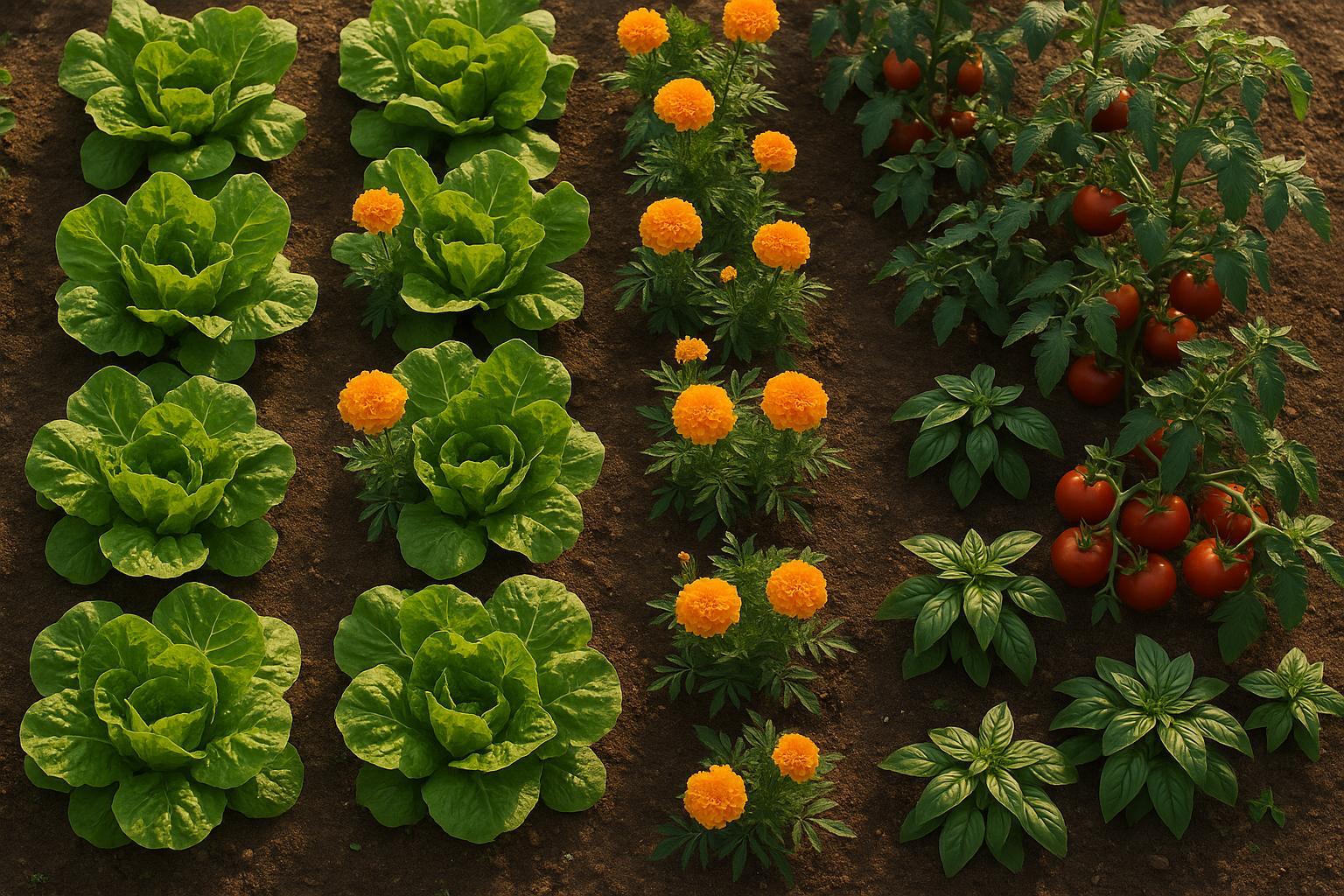
How AI Improves Companion Planting Layouts
AI transforms garden planning by optimizing companion planting through smart pairings, space-efficient layouts, and tailored care instructions.
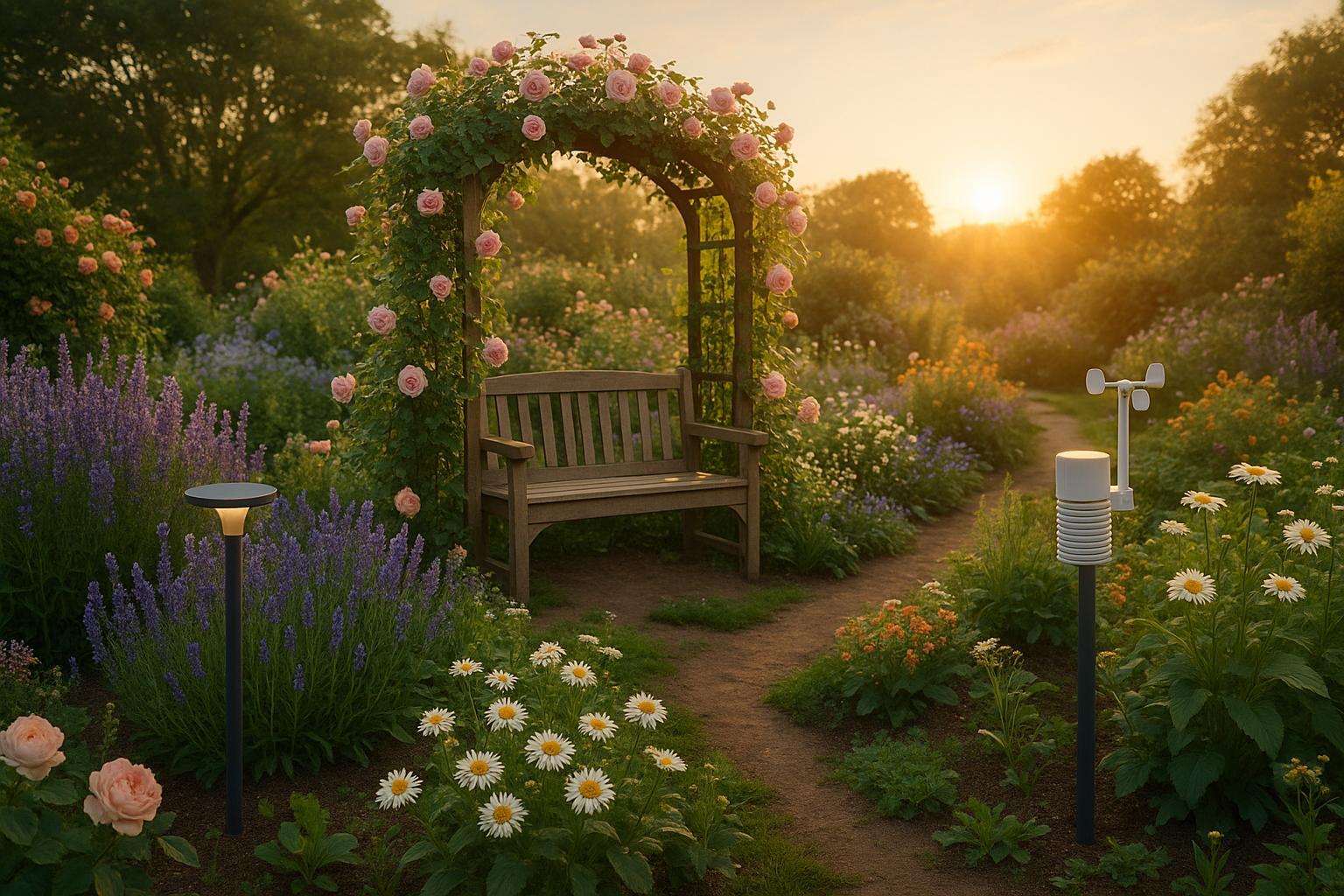
5 Steps to Merge AI with Cottage Garden Design
Integrate AI into your cottage garden design process with five essential steps for a beautiful and practical outdoor space.
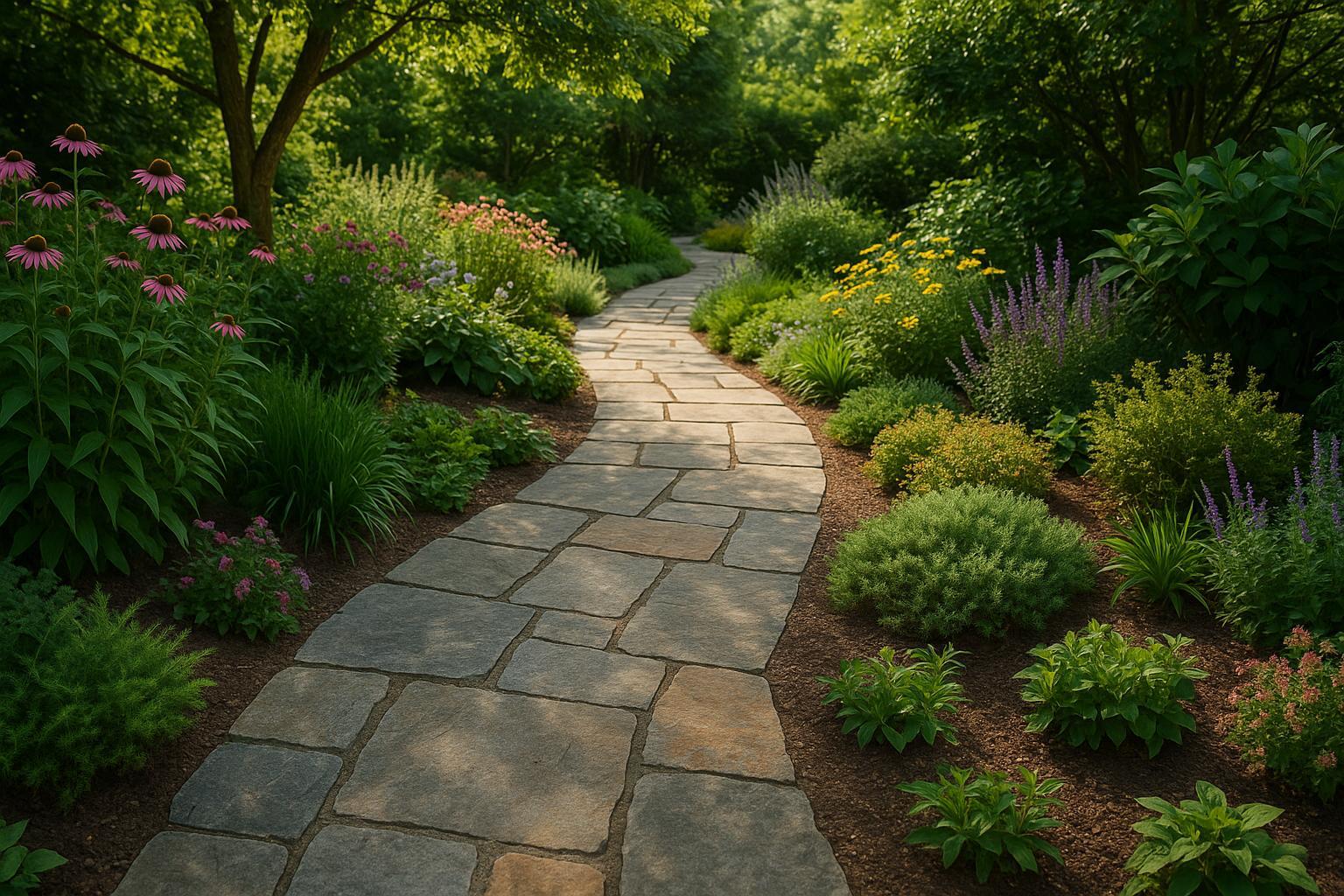
Natural Stone Pavers: Benefits for Garden Paths
Explore the advantages of natural stone pavers for garden paths, including durability, style, and eco-friendliness.
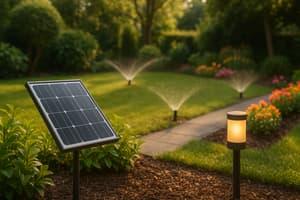
Ultimate Guide to Solar IoT Garden Automation
Explore how solar-powered IoT systems transform gardening with automation for watering, lighting, and plant health monitoring.
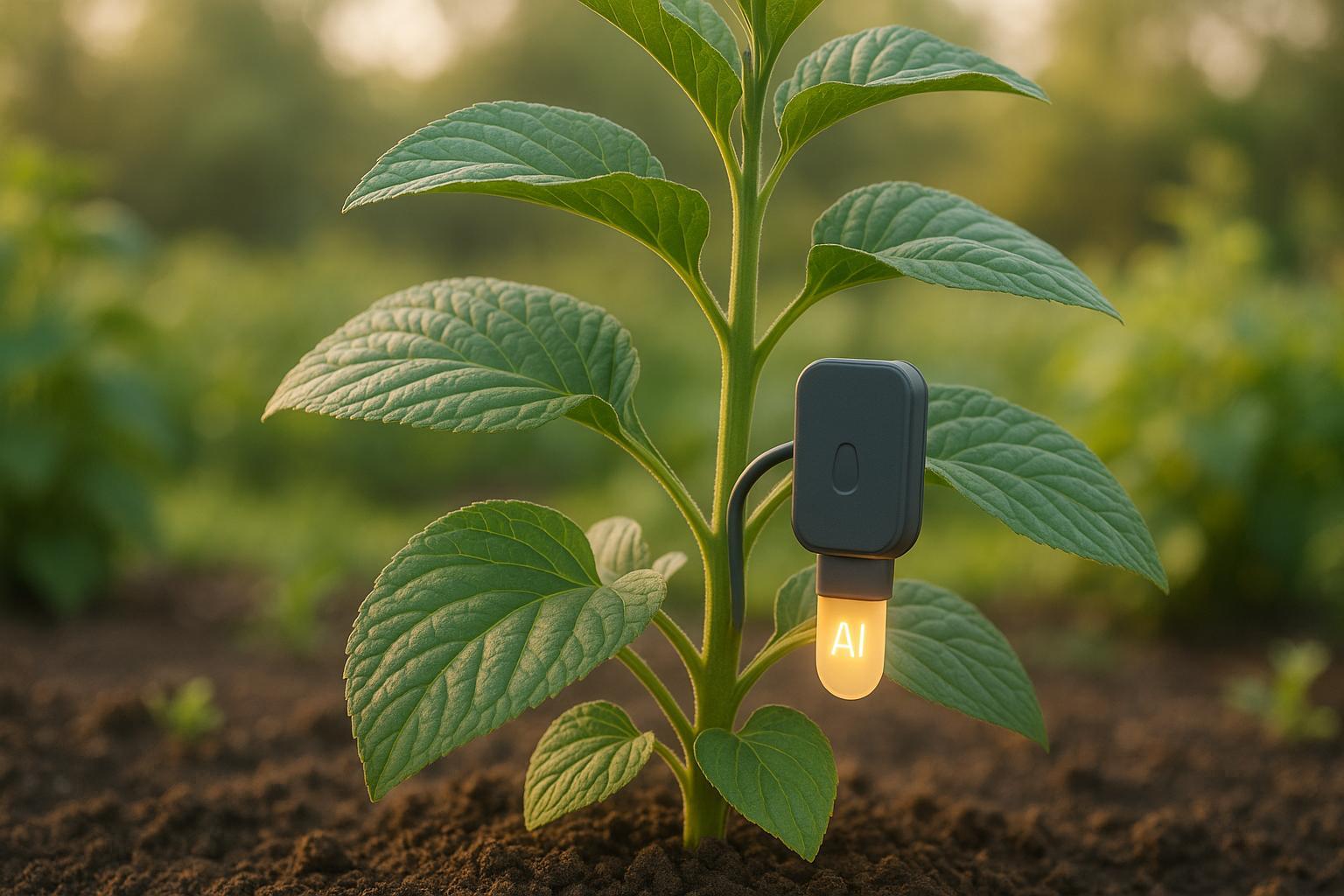
AI Sensors for Perennial Plant Stress Detection
Explore how AI sensors are revolutionizing perennial plant care by detecting stress early and optimizing water management for sustainable gardening.

Garden Designing for Beginners: Tips and Tricks
Learn the basics of garden designing for beginners. Discover the importance of garden designing, factors to consider, basic elements of design, types of garden designs, steps to follow, and mistakes to avoid.